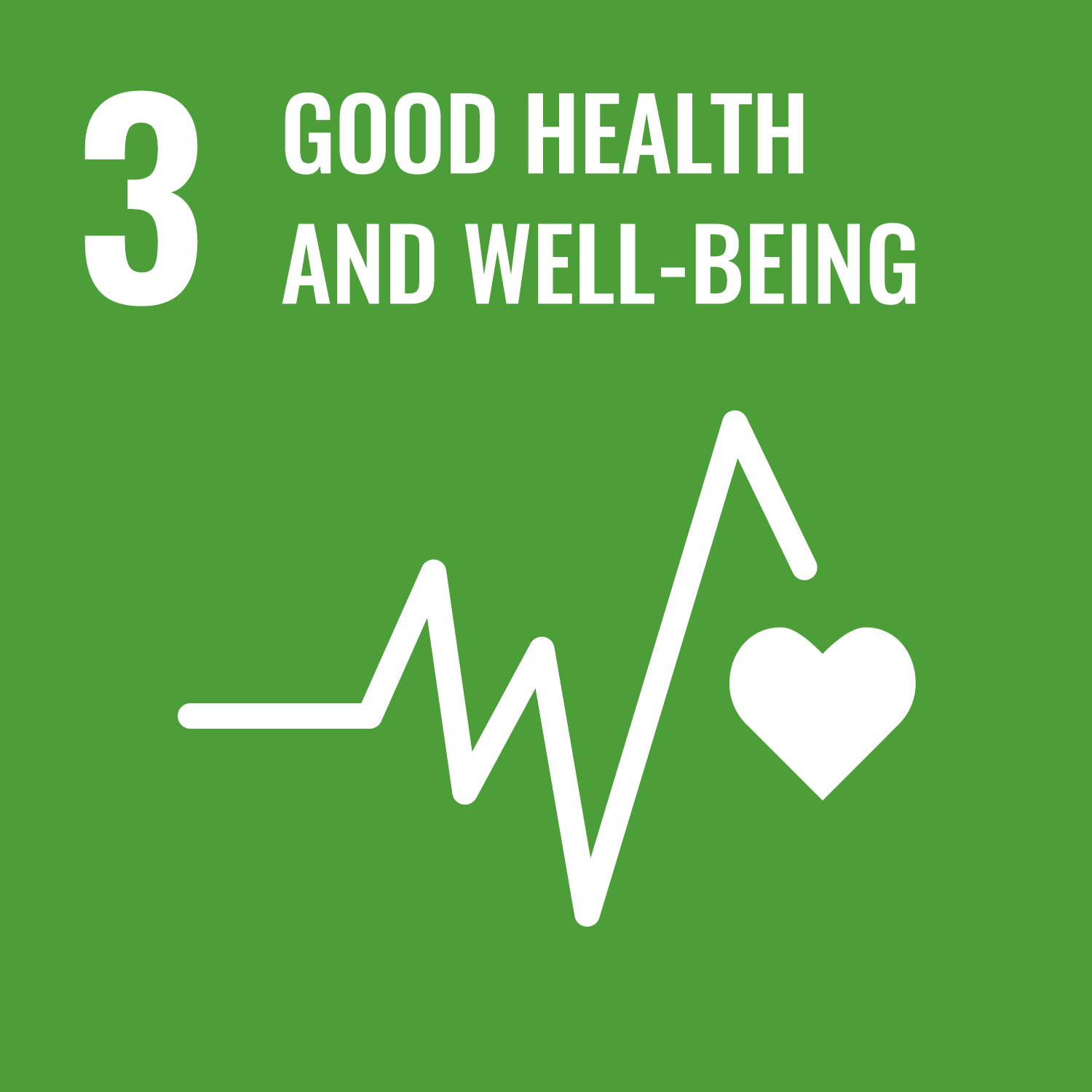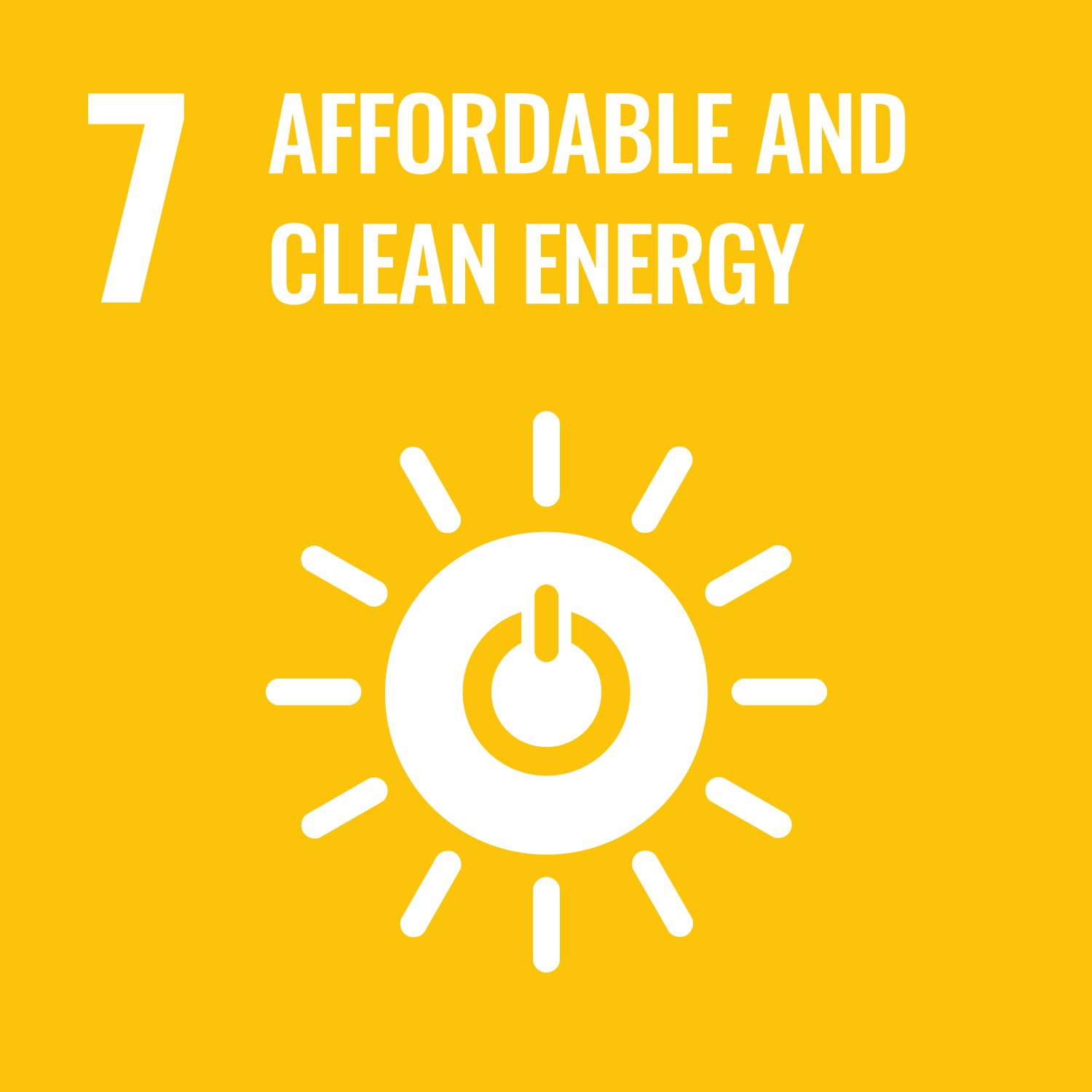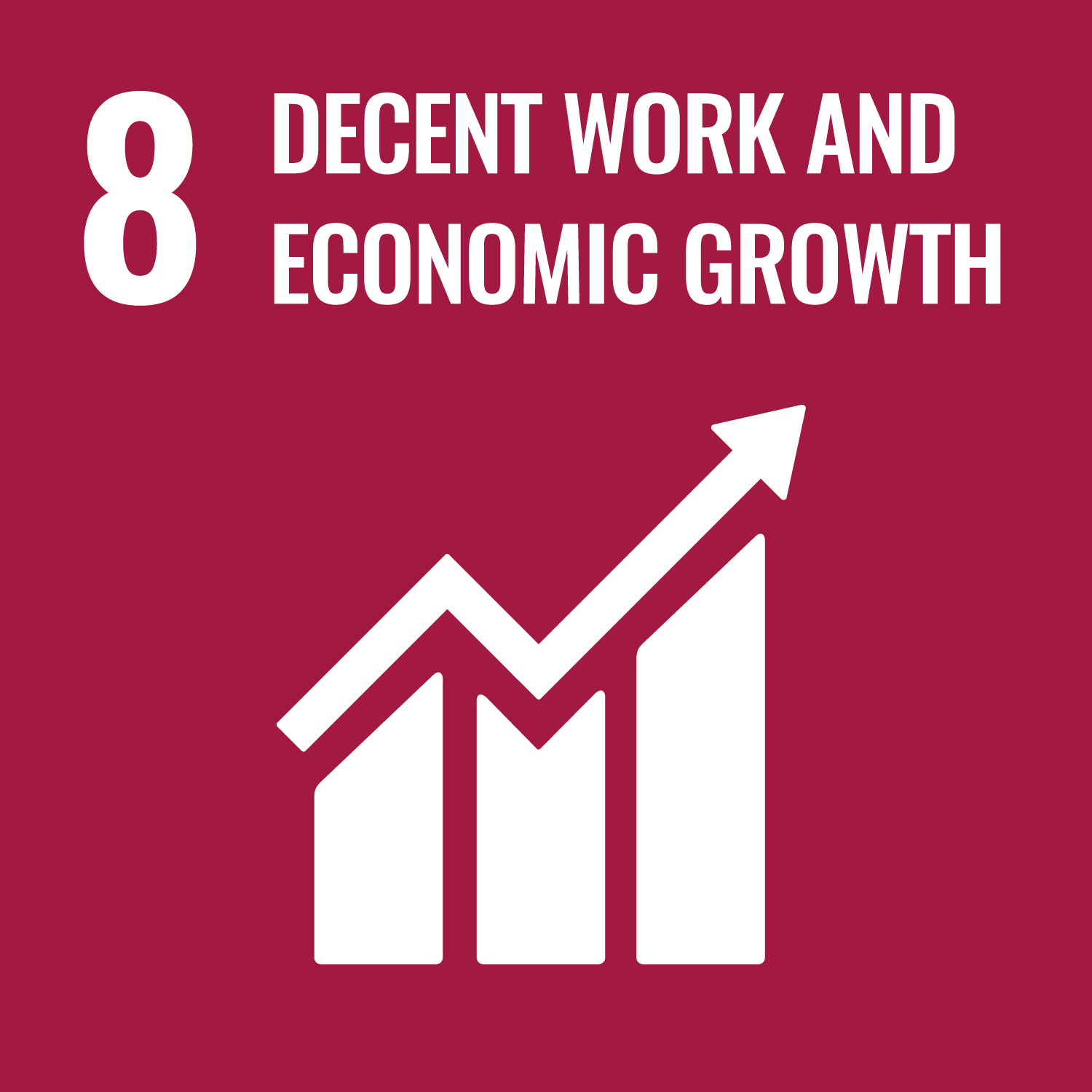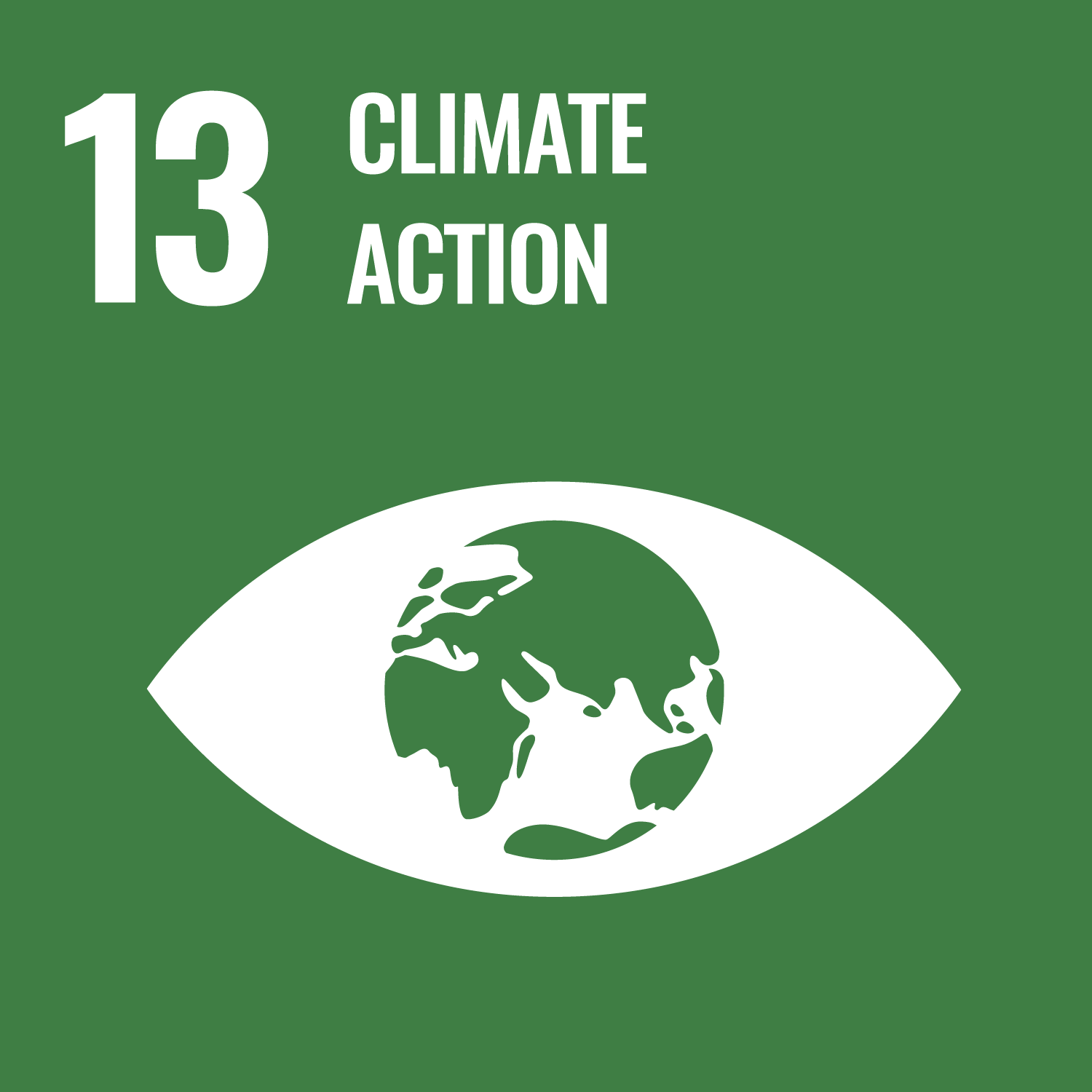The subject of “Environmental System” is extensive and deeply related to human life and society. The course requires students
to study their own research subject and write a thesis or complete design drawings under the direction of a supervising professor
and associate supervisor.
Students are expected to choose and set their own research subject regarding architecture, urbanism, environmental studies,
social science studies. Students should develop the idea, knowledge, technique collected in 4 years of study in the colledge,
write a thesis or complete design documents and make a presentation.
- Summarizes studies and educational experiences in the college, set out the appropriate research subject
- Execute logical thinking through assumption, research, experiment, and inspection on the selected subject
- Draw up an appropriate research summary on the subject and conclusion. Make a clear presentation to the audience including supervising professors
- Active and autonomous research attitude should be expected.
- Students are able to evaluate the themes and results of their own research not only from the perspective of their area of specialization, but also from global, cross-disciplinary, and interdisciplinary perspectives, using systems thinking to evaluate multiple aspects and explain the significance of their work.
In complex and diverse contemporary society, architectural design and community design require techniques for representing
numerically and visually various information of changes in nature and social environment; furthermore, knowledge, process,
and methodology to find out and solve specific problems in regions and places.
SAWADALAB aims to improve the skills of architectural design to realize social needs, through practical studies for “Problem-finding and solving in the area” and “Emergence of Collaboration” based on System thinking and Design thinking, utilizing BIM (Building Information Modeling) and ICT (Information and Communications Technology).
In Undergraduate Thesis Research 2, students find problems, identify issues, and find out the solutions for areas surveyed on summer vacation using the solution method acquired In Undergraduate Thesis Research 1. In addition, students report on individual research progress in the interim report, create and submit the architectural design documents as personal deliverables at the end of the term, present and respond to the questions and opinions at the final presentation.
SAWADALAB aims to improve the skills of architectural design to realize social needs, through practical studies for “Problem-finding and solving in the area” and “Emergence of Collaboration” based on System thinking and Design thinking, utilizing BIM (Building Information Modeling) and ICT (Information and Communications Technology).
In Undergraduate Thesis Research 2, students find problems, identify issues, and find out the solutions for areas surveyed on summer vacation using the solution method acquired In Undergraduate Thesis Research 1. In addition, students report on individual research progress in the interim report, create and submit the architectural design documents as personal deliverables at the end of the term, present and respond to the questions and opinions at the final presentation.
| Activities, presentations, accomplishments, in each laboratory | Mid-term Review | Synopsis | Thesis | Presentation | Total. | |
|---|---|---|---|---|---|---|
| 1. | 5% | 5% | 5% | 5% | 5% | 25% |
| 2. | 5% | 5% | 5% | 5% | 5% | 25% |
| 3. | 5% | 5% | 5% | 5% | 5% | 25% |
| 4. | 5% | 5% | 5% | 5% | 5% | 25% |
| 5. | 0% | |||||
| Total. | 20% | 20% | 20% | 20% | 20% | - |
Evaluation should be done with the Activities, presentations, accomplishments, etc. in each laboratory, mid-term review, the
synopsis, the thesis and the presentation.
- Laboratory seminar guided by the supervising professor
- 原則として、日曜日を除く
Regionally-oriented graduation thesis, master's thesis and doctoral dissertation
- Course that cultivates an ability for utilizing knowledge
- Course that cultivates a basic problem-solving skills
- Course that cultivates a basic self-management skills
| Work experience | Work experience and relevance to the course content if applicable |
|---|---|
| Applicable | Teach the architectural design utilizing digital technologies such as BIM and ICT based on Systems thinking and Design thinking using the experiences engaged in architectural design of the architectural industry projects. |








- 3.GOOD HEALTH AND WELL-BEING
- 7.AFFORDABLE AND CLEAN ENERGY
- 8.DECENT WORK AND ECONOMIC GROWTH
- 9.INDUSTRY, INNOVATION AND INFRASTRUCTURE
- 11.SUSTAINABLE CITIES AND COMMUNITIES
- 12.RESPONSIBLE CONSUMPTION & PRODUCTION
- 13.CLIMATE ACTION
- 17.PARTNERSHIPS FOR THE GOALS
Last modified : Wed Jul 06 04:06:47 JST 2022
